latest
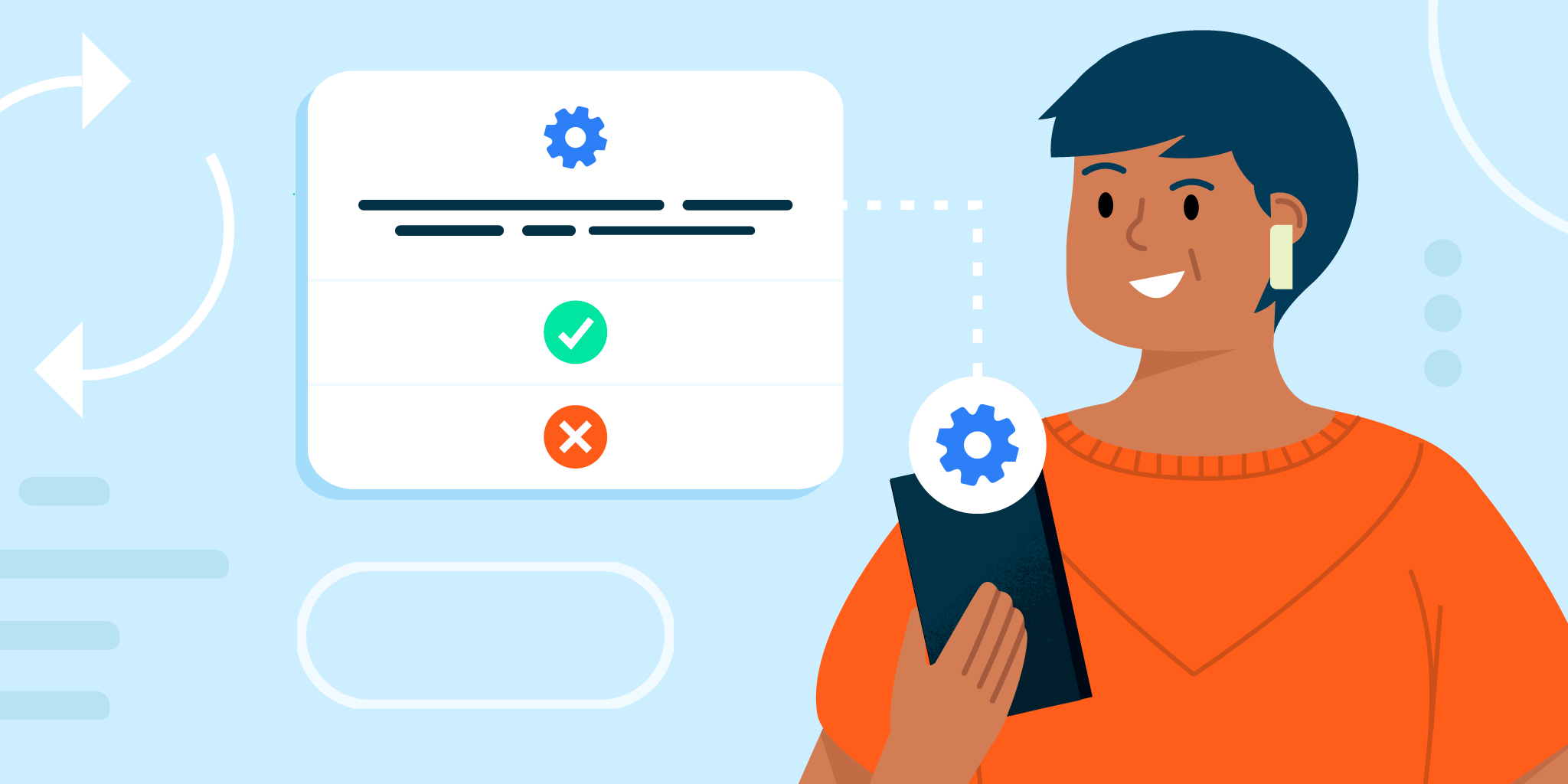
Your old Android phone is getting better about keeping you safe from barely-used apps
'Those permissions granted to you? Yeah, we're gonna need them back...'
Google is alerting app developers to some big coding changes ahead of the planned expansion of Android's permission auto-reset policy. This means more users will have permissions they've granted to apps automatically revoked starting in December. Here's what you need to know as a consumer.
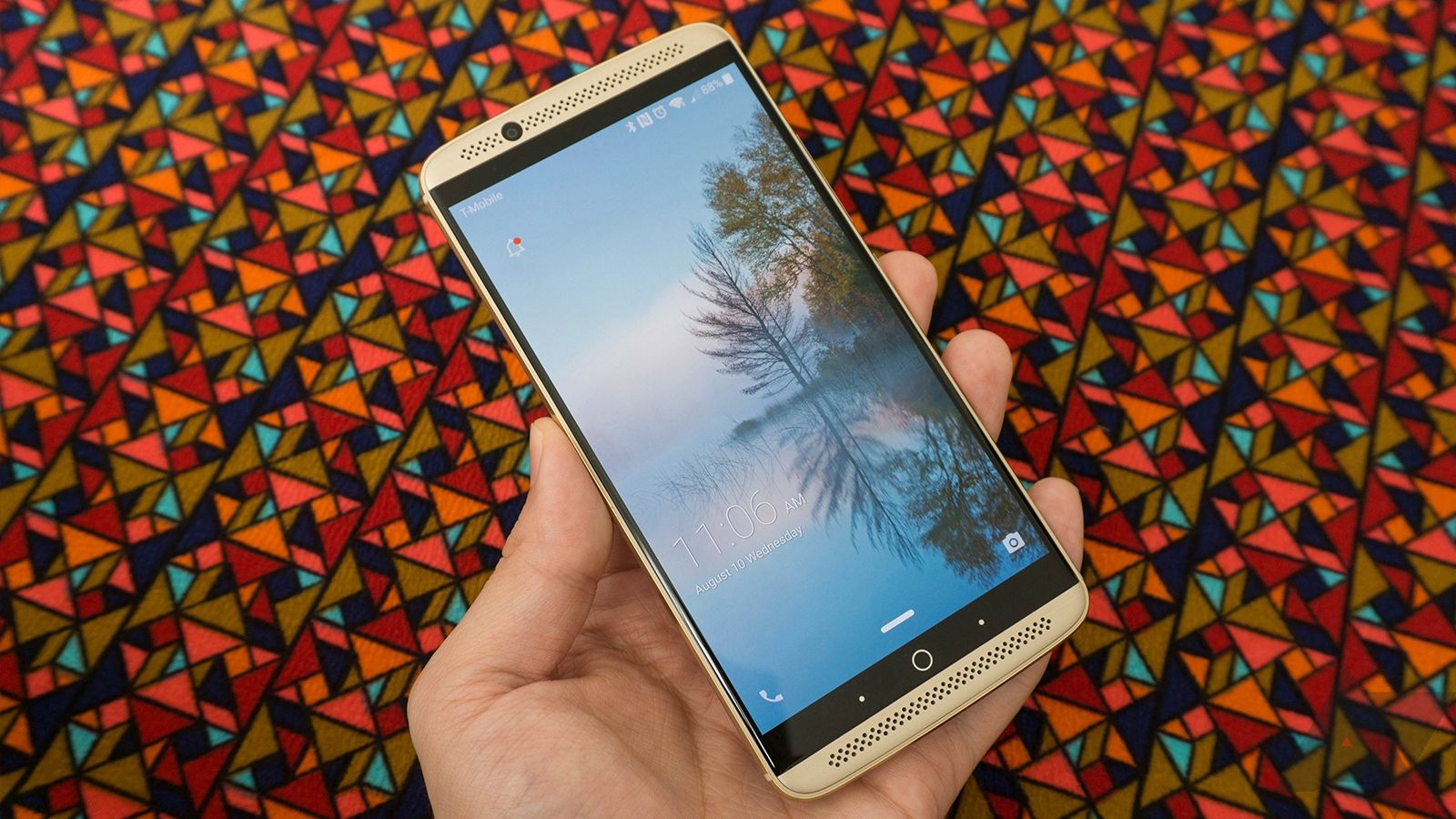
After a beta program with bizarrely strict requirements for entry earlier this year, an update to Android 8.0 Oreo is now available for the ZTE Axon 7 — with more than one catch. The update isn't being pushed over the air, but rather has to be installed from an SD card, and it'll wipe your device.
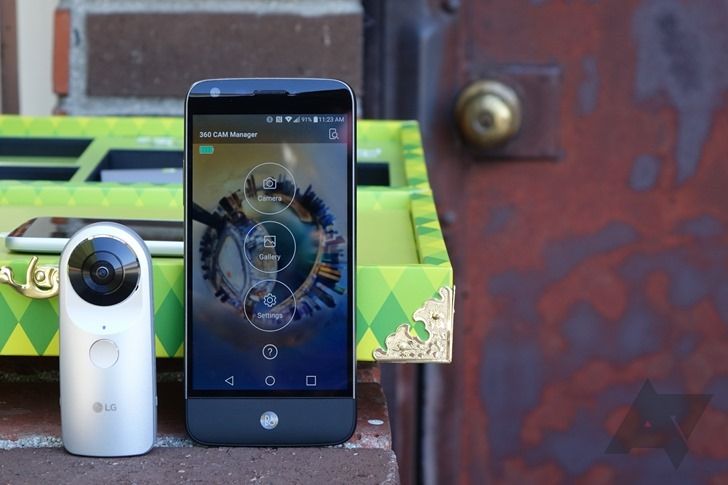
Android 9 Pie has already arrived on a few phones, but many other devices are still waiting on promised Oreo updates. The LG G6 was updated to Android 8.0 earlier this year, and the company also promised upgrades for the V20 and G5. Oreo is now rolling out to the T-Mobile and Verizon variants of the LG G5, according to multiple user reports.
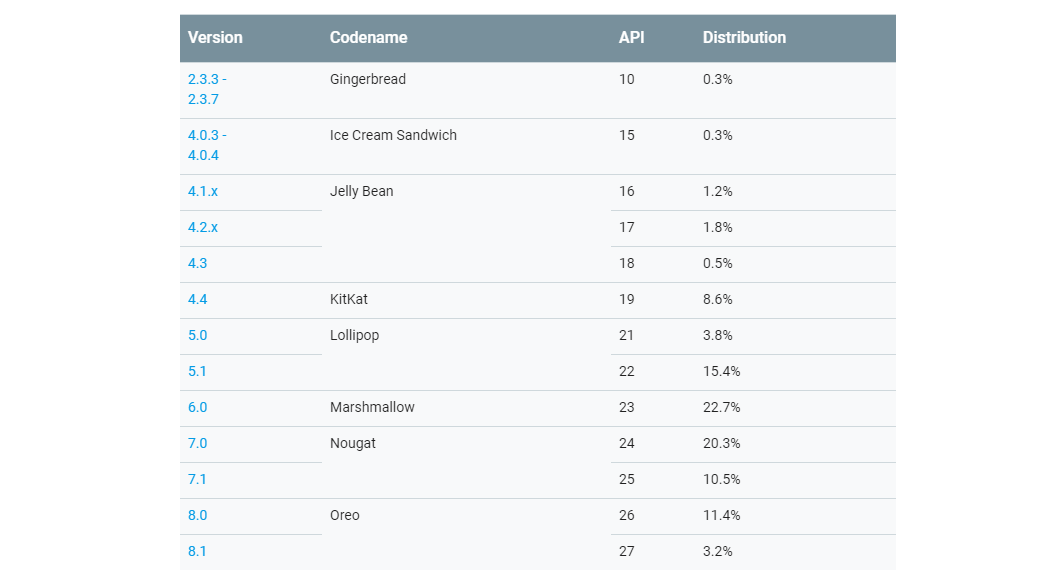
August isn't even properly over, but already Google has pushed the month's platform distribution numbers, detailing the precise statistics of Android versions used across devices. Last month's statistics were of particular interest after the two-month gap, resulting in some inflated numbers, but this month things are back to normal. As always, newer versions of Android are up, and older versions are (mostly) down. Interestingly, Pie has yet to rear its head, despite launching earlier this month.
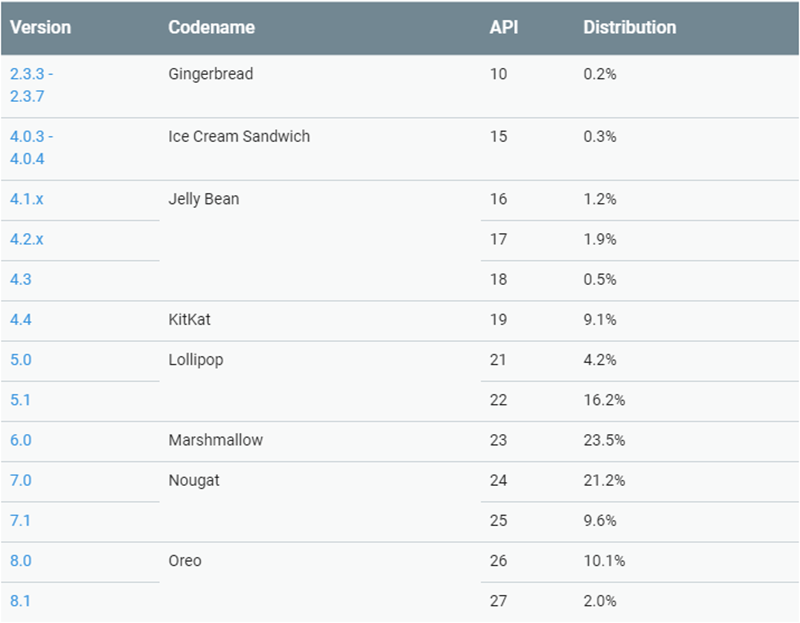
We get it, Google. You're busy with a lot of things, and platform distribution updates can fall by the wayside. Still, the most recent two-month gap was unusual. Someone finally had time to spit out new numbers today, and it's actually rather good news. Oreo usage is up to 12.2% across both versions, which is more than double where it was back in May.
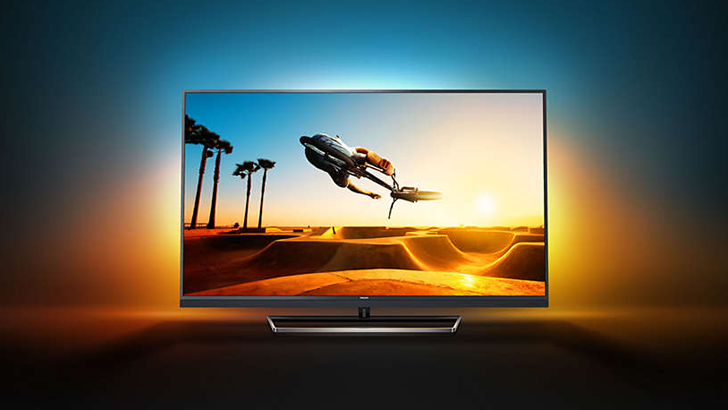
When you've coughed up several hundreds of dollars for a brand new TV, the last thing you want to worry about is whether it will get firmware updates over the next few years or become outdated. But such is the state of our modern world that this is a question we do have to ask ourselves. Luckily for Philips owners, it seems that the company is doing the right thing and planning to upgrade all of its 2014-2018 models to Android 8.0 Oreo.
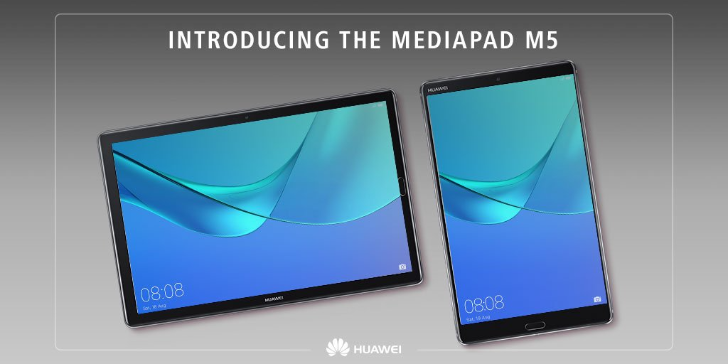
First announced at MWC this year, the three different Huawei MediaPad M5 tablets are now shipping in the US and available from both Amazon and Newegg. Beside Samsung's Galaxy Tab S series, Huawei's MediaPads are the only other high-end Android tablets that are worth looking at, and this new iteration is better while still being priced reasonably.
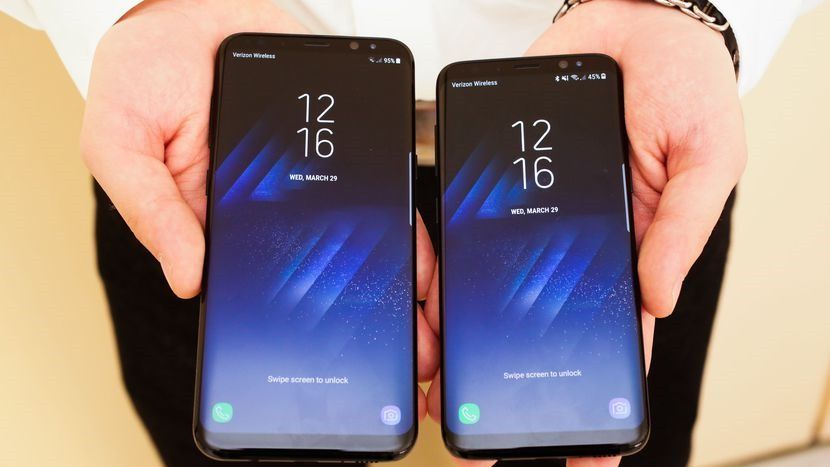
Galaxy S8 and Galaxy S8+ owners on US Cellular can now upgrade to Android 8.0 Oreo. The update brings the latest Samsung Experience 9.0 user interface, bringing the Galaxy S8 series in line with the Galaxy S9, as well as new features like picture-in-picture and notification dots.
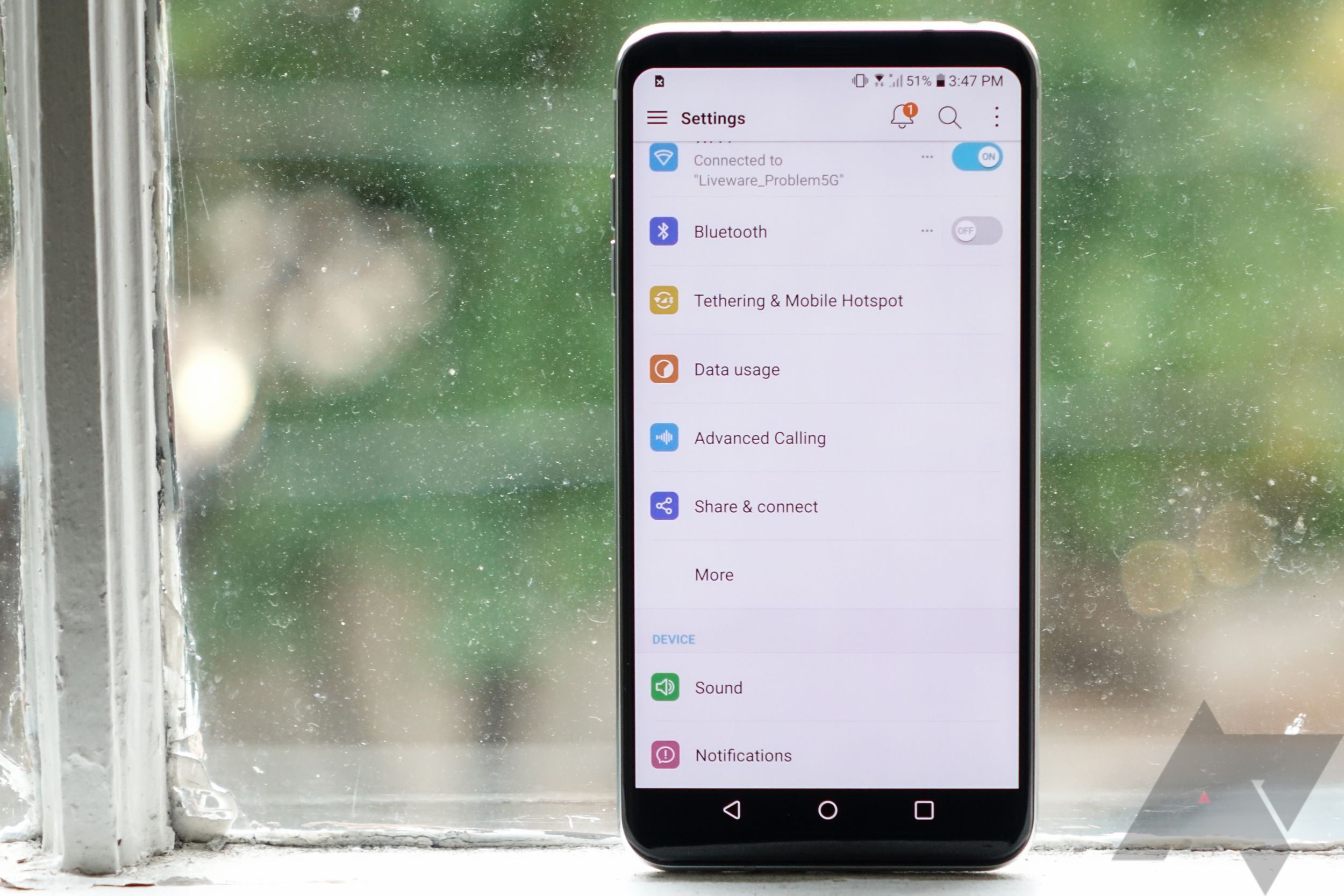
Read update
- T-Mobile has released the help page for the update, and the OTA rollout has started. If you don't have Oreo already on your T-Mobile V30, you should get it soon.
It has taken a while for LG to update its 2017 ultra-flagship to the latest (major) release of Android. The Android Oreo OTA rolled out in South Korea at the end of last year, with a later update adding features from the V30 ThinQ. The Sprint V30 received Oreo in March, followed by AT&T a few days later and Verizon in April.
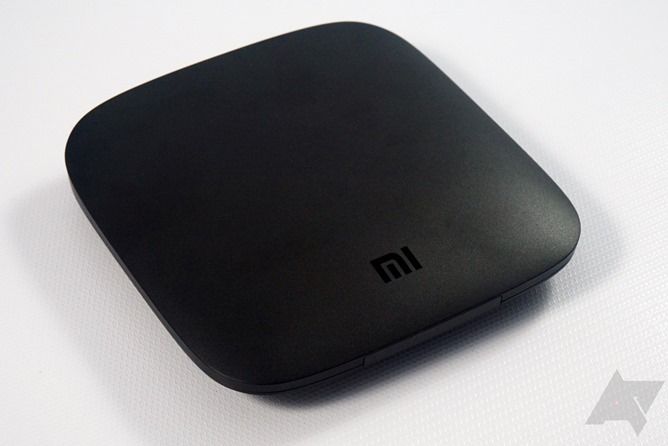
The rollout of Android TV 8.0 has been slow, to say the least. The Nexus Player received Oreo as its final update, and the Nvidia Shield won't get it until later this year. The Xiaomi Mi Box was released internationally in 2016, and even though performance was sub-par, it was still a popular Android TV box for a while. In a strange turn of events, the Mi Box might get Oreo before the Nvidia Shield.
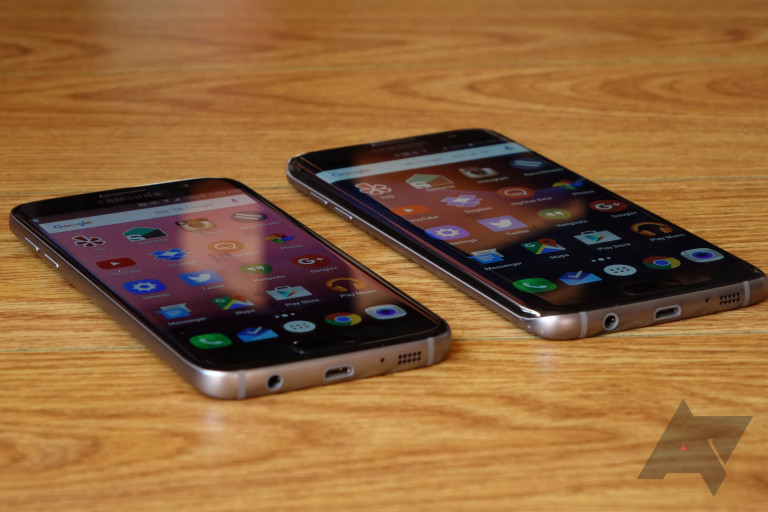
Recently in the US, Verizon inadvertently trolled Galaxy S7 and S7 edge owners on its network by releasing an update that supposedly brought Android Oreo to the devices. It turns out the carrier had just attached the wrong changelog, and Oreo wasn't imminent at all. To rub salt into the wounds of those customers, S7 and S7 edge units in the UK are now actually receiving the Oreo update.
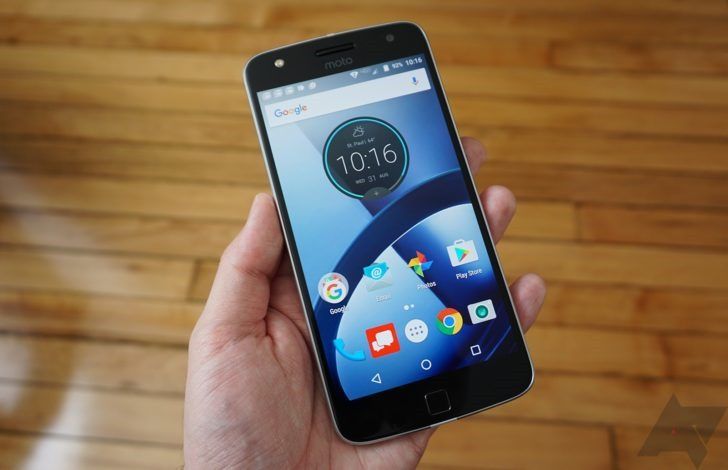
Lenovo-owned Motorola isn't always that fast when it comes to updating the OS of its older phones. It took a critical post from us late last year to get the company to honor its promise of releasing an 8.0 Oreo update for the Moto G4, for example. The Moto Mod-compatible Z Play from 2016 received Android 7.1.1 Nougat last summer, and now it's finally getting Oreo.
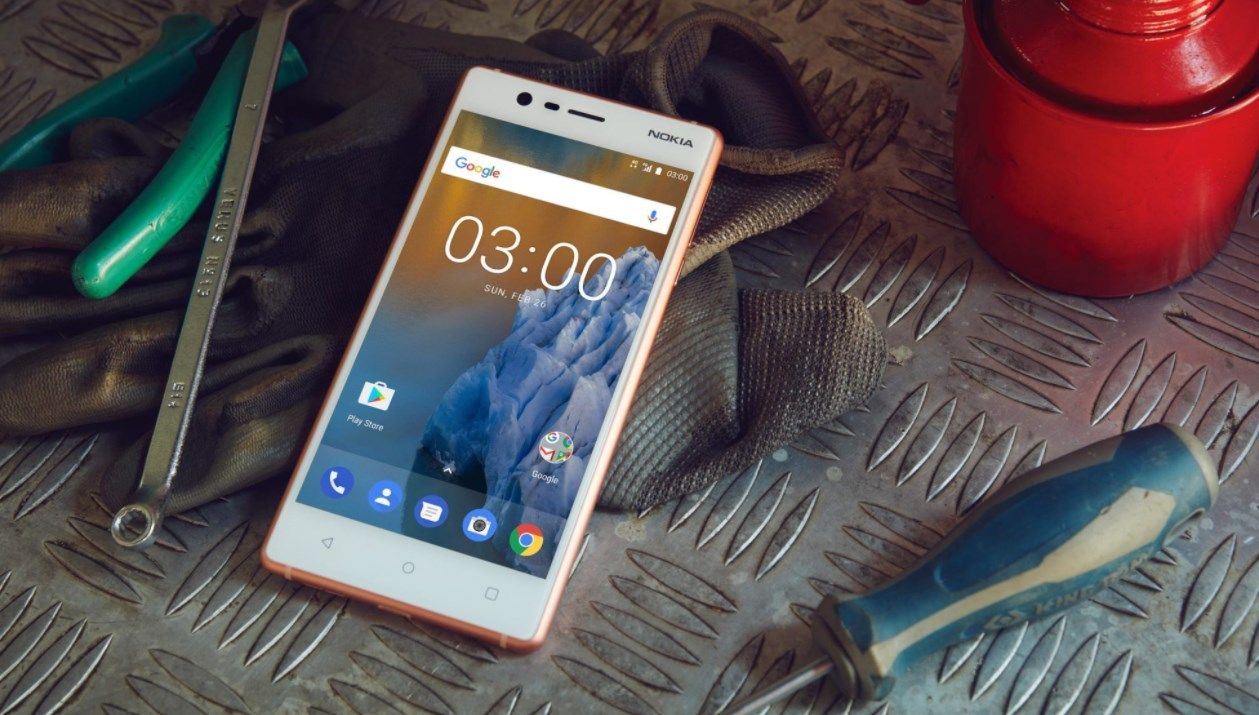
HMD Global has a stellar track record of releasing timely Android firmware updates and its good form continues today. Nokia 3 owners can expect Android 8.0 Oreo to start rolling out to their devices shortly. At the same time, a new page has appeared on the Nokia website providing kernel source code for the Nokia 1 and 6.
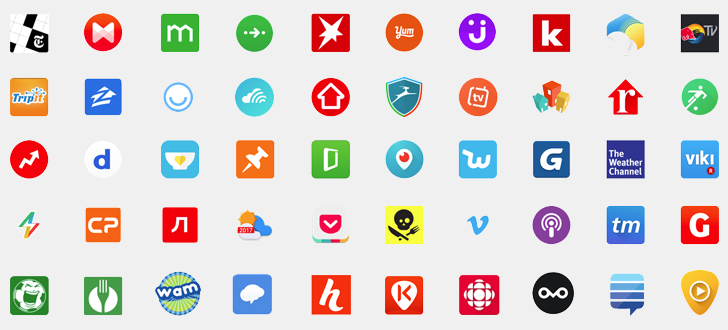
Google has been talking about Instant Apps for a few years now, but it only turned developers loose on the tools around the middle of last year. With Instant Apps gaining popularity, users have started to notice some strange behavior. In Android 8.0, Instant Apps appear to break the ability of the PackageManager to return a list of installed apps.
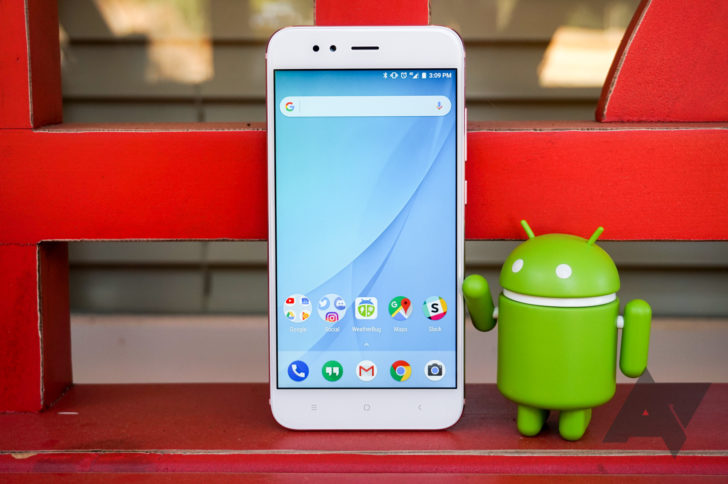
Xiaomi promised that the Mi A1 would receive Oreo by the end of 2017, and the company hit a buzzer-beater by rolling out Android 8.0 to the Android One device on December 30th. But the kernel source code was nowhere to be found, a violation of the GNU General Public License, version 2 (GPLv2), and an affront to the development and enthusiast community. It's about two-and-a-half months late, but Xiaomi has finally released the Android 8.0 Oreo source code for the Mi A1.
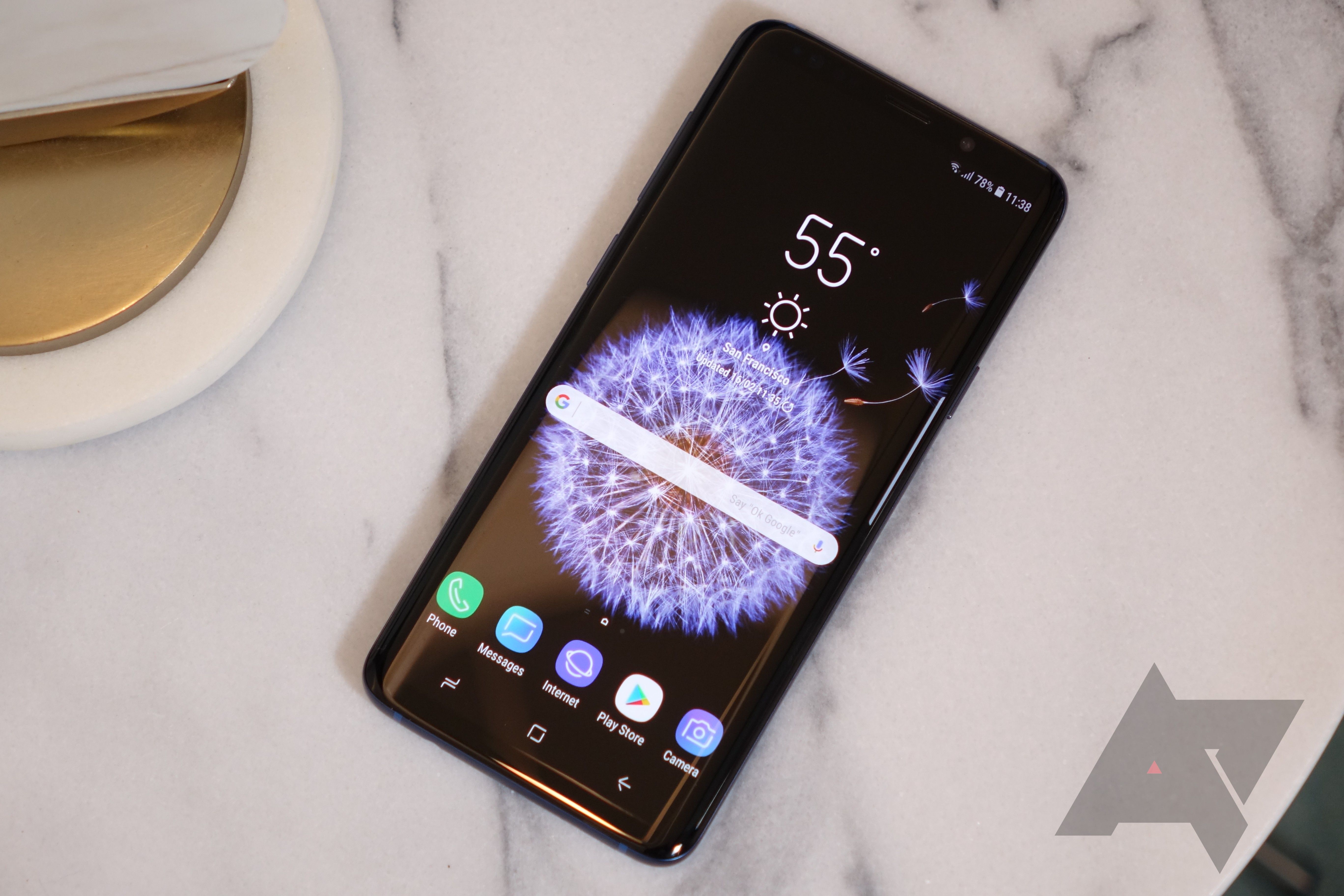
The Galaxy S9 is just starting to make its way out to pre-order customers, but Samsung is wasting no time getting the device updated. The first OTA for Samsung's latest phone is hitting devices, but deployment will probably vary by region and carriers. When you do get the update, it'll bump your phone to the latest security patches that just rolled out to Pixels the other day.
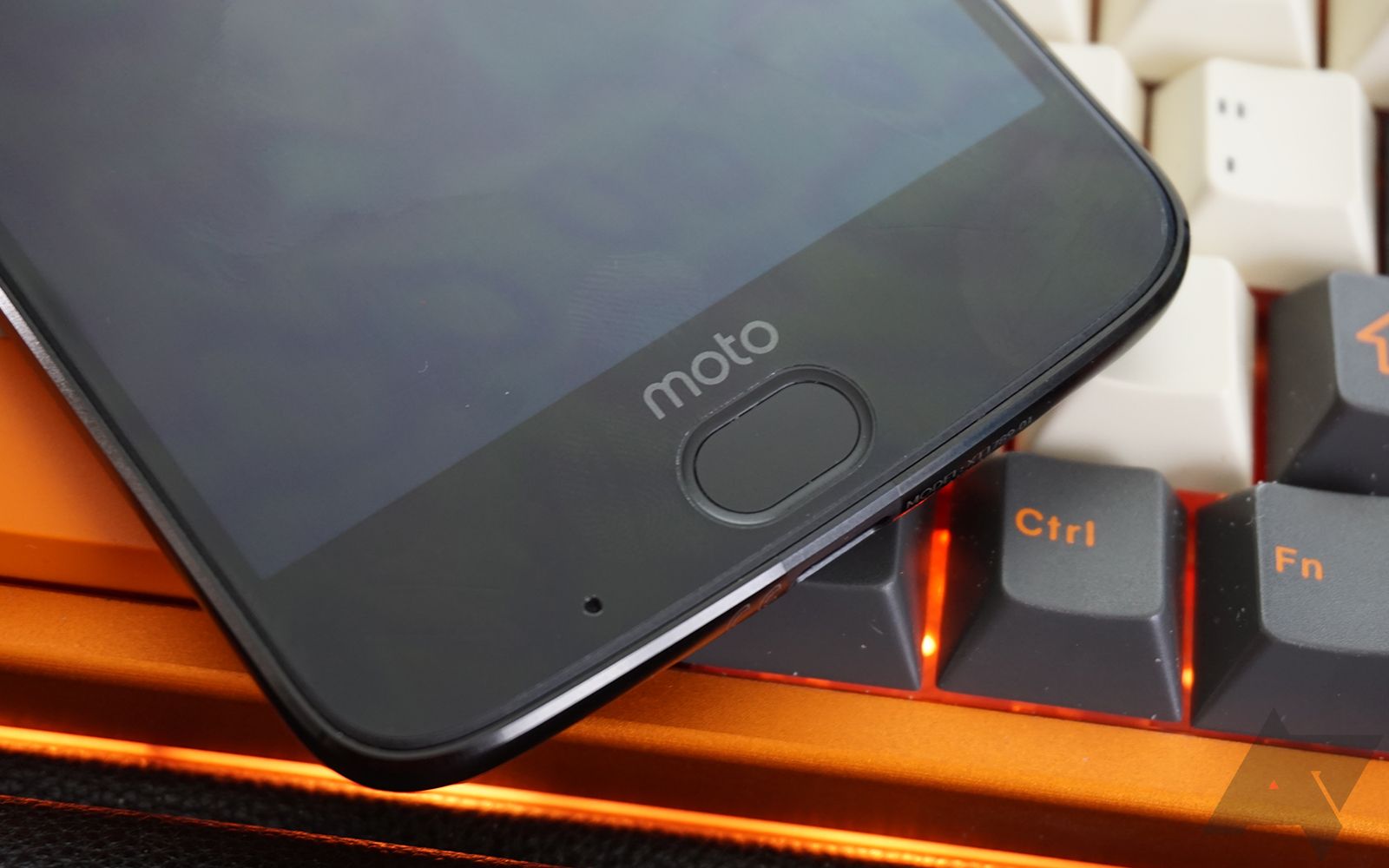
Motorola may be in the middle of a big staffing shake-up, but that's not stopping the company from keeping up with the flow of software updates for its existing hardware. Last year we saw Moto's flagship Z series, with its support for modular hardware add-ons, evolve with its second generation of handsets, including the high-end Moto Z2 Force. For the past couple months now, we've been watching Motorola's Oreo update for the Z2 Force spread to devices on more and more carriers, and now it looks like we're adding Sprint to that list.
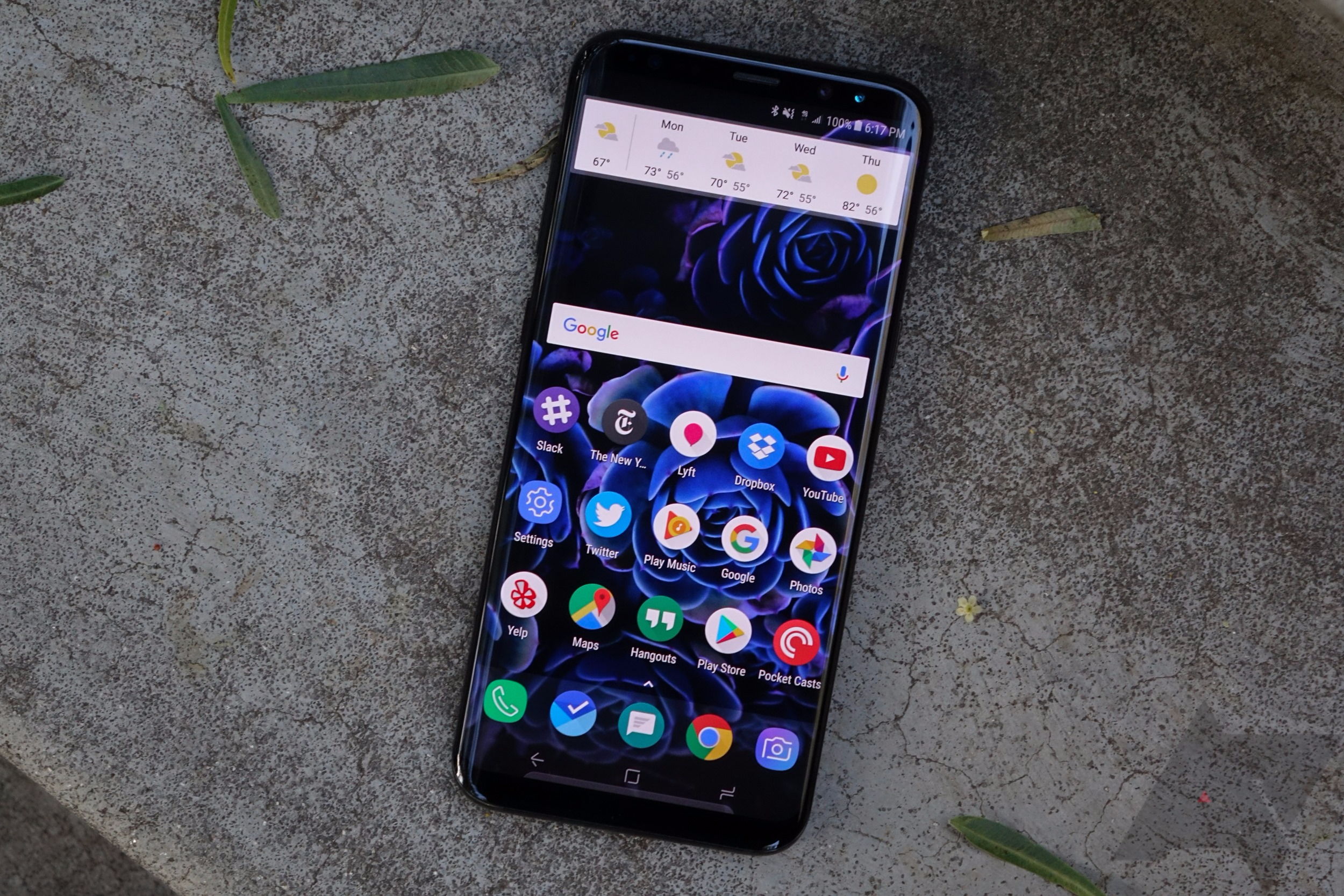
Read update
- Speaking to SamMobile, Samsung has revealed that the update was halted as it investigated a limited number of S8+ units rebooting unexpectedly on Oreo.
Just last week, Samsung began rolling out Android 8.0 Oreo to the Galaxy S8 and S8+ after a roughly three-month beta phase. However, according to SamMobile, it seems like Samsung has suspended the rollout, though the reason behind that decision is unclear.
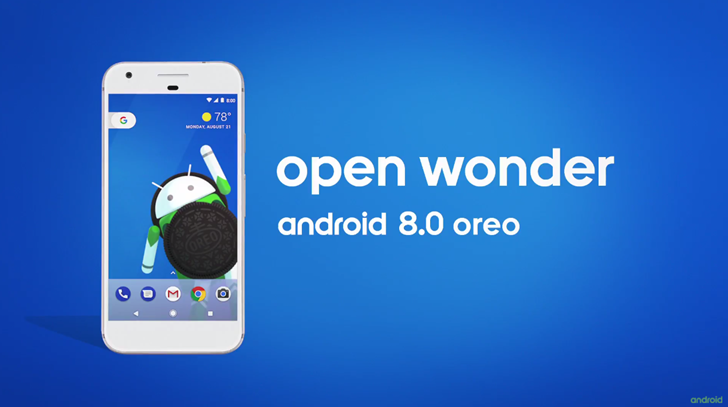
Read update
The format of Android build numbers has been the same for years, but it's changing in Android 8.0. The first non-preview version of Oreo just rolled out with the new format, which is a big departure. Rather than being three letters followed by three other characters, it's split into three blocks of numbers and letters separated by periods. It looks confusing at first, but you actually get more information from it.
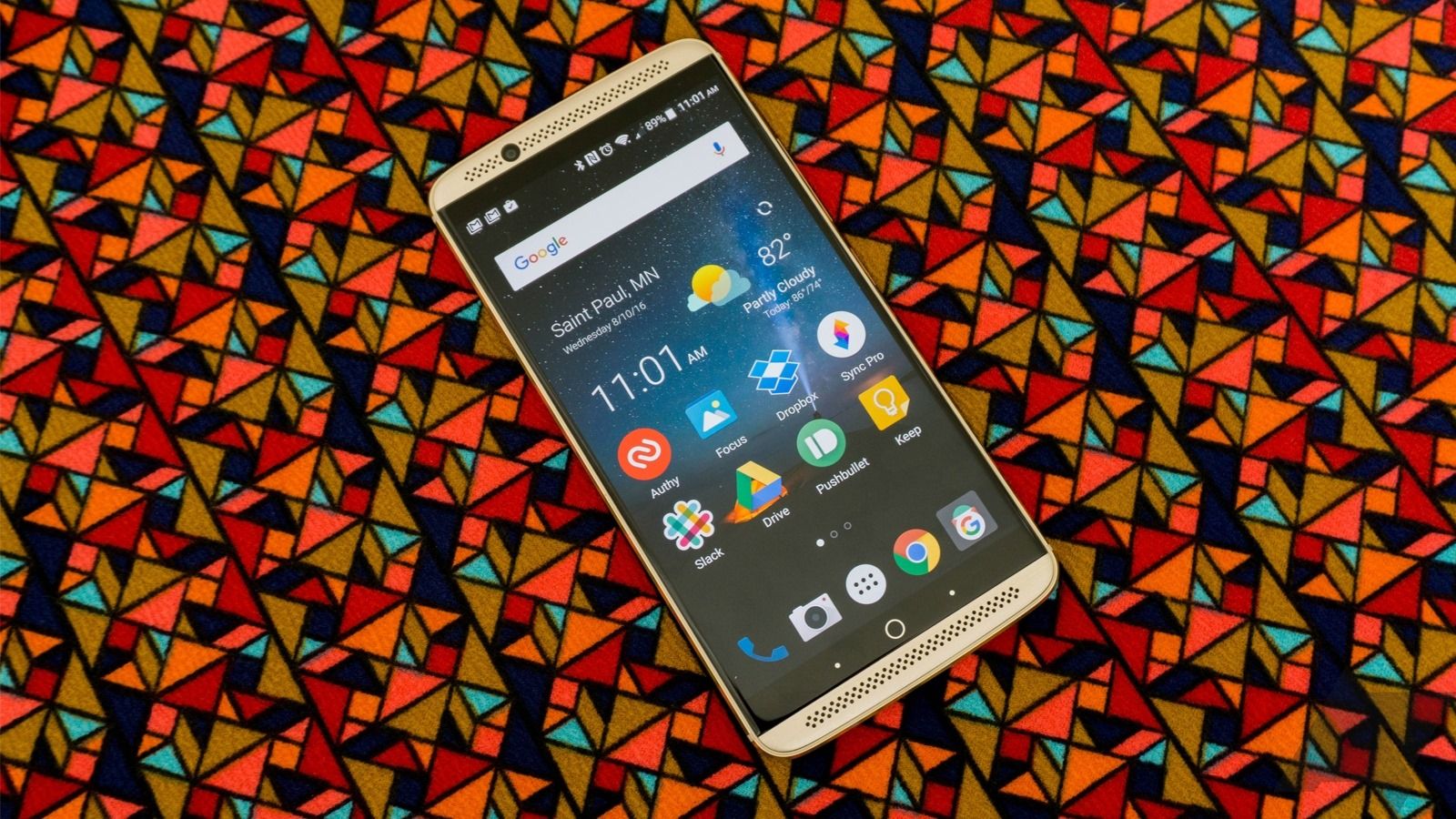
Over the past couple of months, more and more phones have begun receiving Android 8.0 Oreo. Despite being about six months old now, Oreo is still rolling out to several devices, slowly contributing to its 1% marketshare. Just recently, Samsung started (and then stopped) the official rollout of Oreo to the Galaxy S8 and S8+, and now ZTE is joining the club by announcing its Axon 7 A2017U Oreo Preview Program.









